Where Now? Tips and Tidbits
Be patient, gardener! If in doubt, lay the pruning tools down for couple more weeks. Let me lay out details.
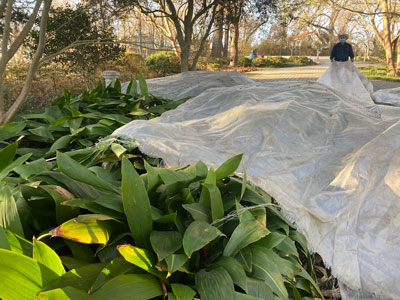
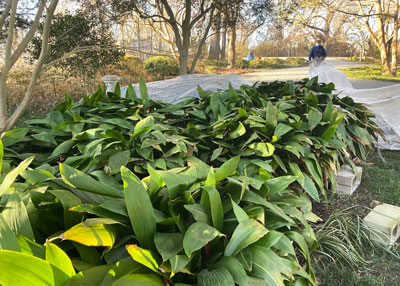
• Many plants lost only leaves. Their stems are still pliable, green and moist if you scratch them with your thumbnail. Those plants will come back. Only a little cosmetic trimming will be all that is needed.
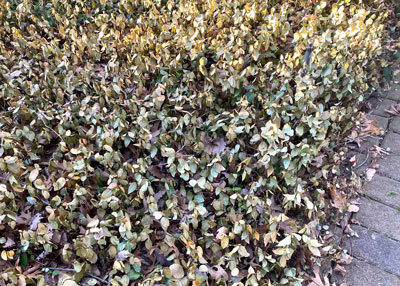
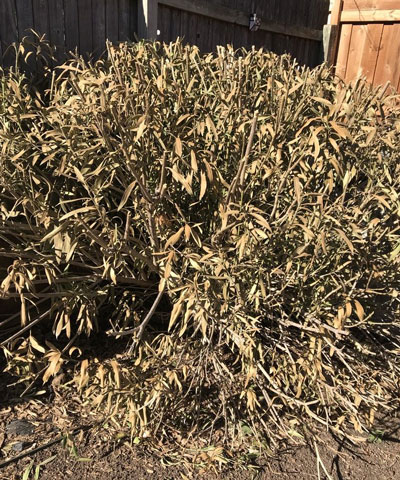
• Some plants’ twigs and stems are dried and brittle already. Those tissues are probably lost and can be trimmed away. Start at the top of the plant and trim progressively down until you hit moist, green tissue, even if you end up cutting back to the ground. Oleanders are the classic example here.
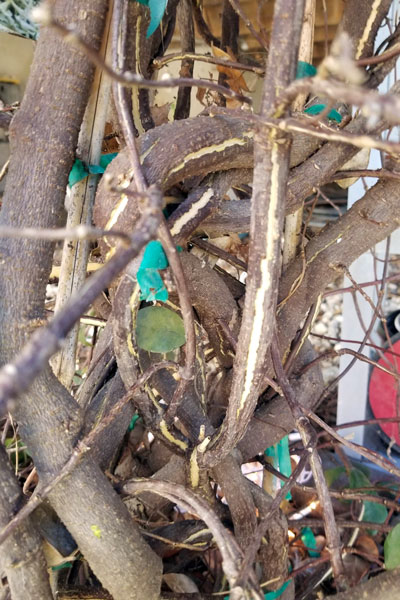
• The bark and trunks of some plants have ruptured and split vertically (parallel to the sides of the branches). Those branches are probably dead, and the entire plants are quite possibly lost. Trim off the dead wood, but give the plants time to sprout out from lower down on their stems. Plants that seem to have been hurt badly or killed in large parts of Texas include gardenias, viburnums, cenizas, loquats and citrus.
• Crape myrtles may have suffered damage. Members of the horticulture committee of The Crape Myrtle Trails of McKinney have posted this useful information on their Facebook page.
• Most perennials will come back just fine. Perennials, after all, are popular plants in much colder climates of the Upper Midwest. Sub-tropical perennials such as Mexican bush salvia, Gold Star Esperanza, flame anisacanthus, flowery senna, spineless prickly pears, bananas, agaves and trailing lantanas are likely to have been killed in colder parts of Texas.
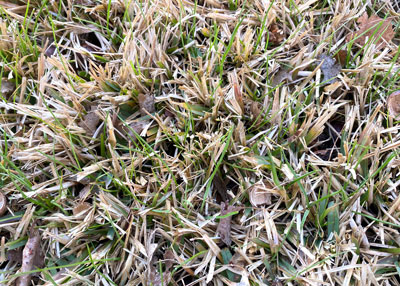
• St. Augustine may be hurt, but we won’t know for another 4 to 6 weeks. Floratam is the least cold-hardy type and Raleigh is one of the most cold-tolerant. Grass that was covered in snow probably gained some protection. Don’t rush to a conclusion.
• As you make plans for relandscaping beds where plants have been lost, resolve to work with a local independent retail nursery. Those are the men and women who are full-time plant people. They know the best localized plants and the conditions they are going to face in the future. Look for a Texas Certified Nursery Professional at a member nursery of the Texas Nursery and Landscape Association. His or her advice will be timely and reliable.
• And I will leave this discussion as I began it. Be patient. With your plants. With your nursery. With yourself. Sure, this is disappointing, but within a few months you’ll be surprised by how great things will be looking. You can do it!
